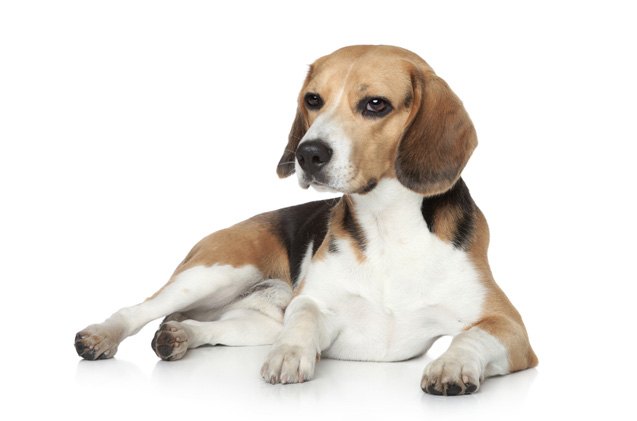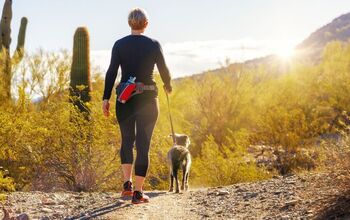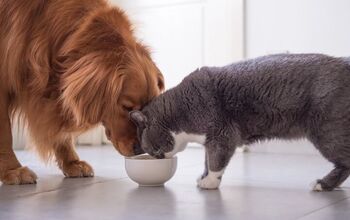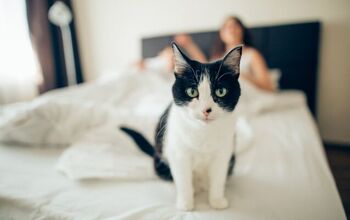Beagle


About Beagle
When you hear a one-word breed of dog, you think of some true classics: Dalmatians, for example. Poodles, for another. It seems that any breed of dog with only one word in its name must be somewhat unique and, well, considered a classic. The Beagle? No exceptions here. One of the most recognizable dogs in the world, the Beagle often has a classic brown-and-white coloring to its coat that has become synonymous with the world of pets. Heck, if there was a flag for pets, it would probably look like the coat of a Beagle.
Technically a type of hound, the Beagle’s unique identity is thanks to its easy-going and easy-to-get-along-with nature. It’s cute enough for anyone in your household and loyal enough to melt the heart of even the most stubborn anti-dog people around. For many people, a Beagle is a perfect addition to the home – it’s not often where people have to wonder if this breed is “right for them.” The question is: are you right for a Beagle?
The Beagle’s unique identity is thanks to its easy-going and easy-to-get-along-with nature.
We told you Beagles are classic. Some people trace their origins back to antiquity and ancient Greece, making their direct ancestors thousands of years old. Beagles were not developed as separate breeds like many Terriers in the 19th Century; instead, the Beagle has a long and rich history across the European continent.
That doesn’t mean, however, that the Beagle always appeared in its modern form. The history-changing William the Conqueror brought a Beagle-like hound to England, the Talbot hound. This hound gave rise to another breed of dog that is believed to be a direct ancestor to the Beagle. So the genetics of the Beagle were definitely swimming around during the high Middle Ages even if their current form wasn’t quite developed. But that doesn’t make them a non-classic: heck, you can say the same about the history of corn.
We already mentioned the earlier ancestors of the Beagle in ancient Greece as well as the Talbot hound of William the Conqueror. These indeed play a role in the pedigree of the Beagle, but a more direct ancestor is the Southern Hound, a descendent of the old and non-existing Talbot hounds.
The word Beagle itself actually comes from reference to the original smaller hounds of Europe. The pedigree of actual Beagles, however, can trace its roots to English royalty throughout the Middle Ages through Queen Elizabeth I, who owned a breed of dog known as the Pocket Beagle.
As a type of hound, it’s not unusual for Beagles to share dietary inclinations as do most smaller hounds. Beagles enjoy good cooked meat including poultry. If you ever cook up a lot of meat for your dog, be sure to include chopped vegetables like potatoes and carrots in order to pack in the nutrition. You can get Beagles to eat a lot of high-nutritional content if you give them meat and poultry flavor they really enjoy. You don’t have to use the finest cuts of meat for your Beagle, but be sure to give them enough to get them eating what’s right.
Beagles are not good guard dogs, but aren’t timid either.
Beagles are not good guard dogs, but aren’t timid either. If you want a dog to protect you, you’d be better off going with a larger and more aggressive breed like a German Shepherd. Beagles are, however, very friendly and will respond to training as long as you can be patient with their learning skills – but the same is true with just about any type of dog.
As a small hound, don’t expect your Beagle to put up a lot of big numbers on the scale. Depending on gender and age, you can expect your Beagle to range from 25-30 pounds, give or take. For more information on a proper weight for your Beagle be sure to talk to your veterinarian.
Beagles, as mentioned, are definitely not cut out for guarding you and your family, but they make excellent pets in just about every other regard. They’re friendly and though they can be a little timid around strangers, they do form bonds with people they recognize and can eventually come around to enjoy even new people. Beagles are characterized as a gentle breed, excellent if you have children that want a dog that gets along with them.
Beagles are not immune to a number of health problems, just like most dogs. Their large ears can trap air and lead to a good environment for ear infections, so it’s important watch out for the warning signs that could suggest an infection. Like many smaller dogs, Beagles will rely on you to maintain their weight because without exercise, they’ll still eat just about anything you give them.
Expect your healthy Beagle to live to a good 10-13 years, a typical life expectancy for a dog of its size.
Exercise is critical for maintaining a healthy weight in Beagles. Why? Because it’s easy for a dog to put on a little weight that adds up. In particular, smaller dogs can be susceptible to obesity because they have so little weight to add; it doesn’t take much before they become overweight. Beagles can be very feisty and active and will like a lot of good open-field experience. Be sure to exercise them daily and don’t be afraid to tire them out, particularly as adults.
Beagles are friendly and though they can be a little timid around strangers, they do form bonds with people they recognize.
The American Kennel Club classifies the Beagle as a type of hunting dog with a “merry” personality.
A short coat means easy maintenance for the Beagle. Beagles do like to explore and use open fields, so it’s best to keep their coats relatively clean, but in general don’t expect a lot of coat maintenance.
Beagle puppies are extremely popular and if your kids get a good look at one, you’ll probably be asked to bring one home. Be on the lookout for Funny Puppy, which is a condition in which the puppy grows weak legs.
Photo credit: Jagodka/Shutterstock

Amy Tokic, Editor of PetGuide.com, is a passionate animal lover and proud pet parent of Oscar, a Shih Tzu/Chihuahua cross, and Zed, a Japanese Chin. Her love of animals began in kindergarten, when she brought her stuffed dog Snoopy into class with her every day. Now, she writes about her adventures in pet ownership and tirelessly researches products, news and health related issues she can share with other animal enthusiasts. In her free time, Amy loves perusing used book and record stores, obsessing over the latest pet products available and chasing squirrels with wild abandon (a habit attributed to spending too much time with her pooches).
More by Amy Tokic
























